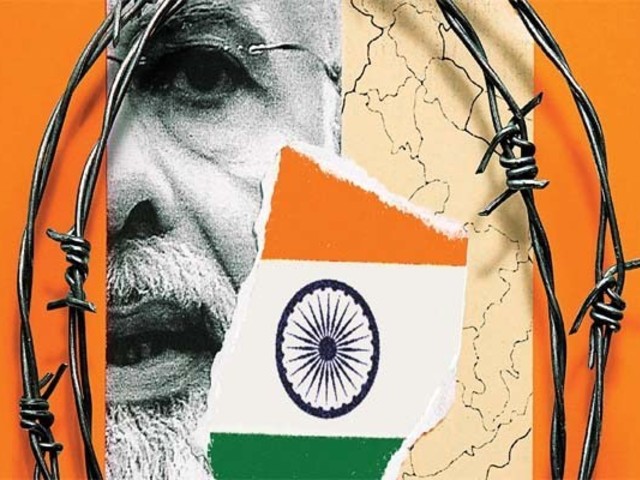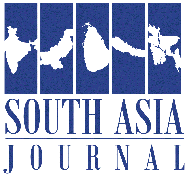
India’s regional ambitions have long been underpinned by the covert activities of its intelligence agency, the Research and Analysis Wing (RAW). From fueling the Sri Lankan Civil War to exacerbating political turmoil in Bangladesh and sustaining Myanmar’s military dictatorship, India’s interventionist policies have left South Asia in a perpetual state of instability. These covert operations, often justified under the pretext of national security, have served as instruments of hegemony, allowing India to manipulate its neighbors’ internal affairs while maintaining a facade of diplomatic engagement.
The Sri Lankan Civil War (1983-2009) remains one of the most devastating conflicts in South Asian history, and RAW played an instrumental role in its inception. India’s initial support for Tamil insurgents, particularly the Liberation Tigers of Tamil Eelam (LTTE), was not driven by humanitarian concerns but by strategic calculations. By training and arming Tamil militants in the 1980s, India sought to pressure the Sri Lankan government into aligning with New Delhi’s regional interests. However, RAW’s meddling spiraled out of control, leading to unintended consequences. The very militants India once supported turned against it, culminating in the assassination of former Prime Minister Rajiv Gandhi in 1991. Even after the LTTE’s demise in 2009, India’s strategic interventions did not cease. The Easter Sunday bombings of 2019, which targeted churches and hotels in Colombo, raised serious questions about India’s role. Reports have indicated that Indian intelligence had prior knowledge of the attacks, yet failed to prevent them, fueling speculation that the tragedy was exploited to reshape Sri Lanka’s political landscape.
Bangladesh has long been under India’s shadow, with RAW playing a decisive role in shaping its political trajectory. While India was instrumental in Bangladesh’s independence in 1971, it has since used its influence to install and sustain regimes favorable to New Delhi’s interests. The Awami League, under Sheikh Hasina, has been a key beneficiary of Indian backing, with RAW ensuring her continued dominance by suppressing political opposition and engineering electoral outcomes. However, Bangladesh’s growing political awareness has begun to challenge India’s grip. The recent rise of opposition movements, coupled with mass protests against Indian interference, signals a shift in public sentiment. The decline of Hasina’s regime threatens India’s long-held influence, exposing the fragility of its strategic manipulation.
India’s approach to Myanmar is a stark contradiction to its democratic rhetoric. While publicly championing human rights, New Delhi has actively supported Myanmar’s military junta, which has been accused of committing war crimes against its own people, including the Rohingya genocide. Despite being a signatory to the Wassenaar Arrangement, which regulates arms exports to conflict zones, India has supplied Myanmar’s military with weapons and defense equipment. A United Nations report exposed India’s role as one of the key suppliers of arms to Myanmar, even as the international community imposed sanctions on the regime. This duplicity underscores India’s prioritization of strategic interests over ethical considerations. India’s justification for arming Myanmar revolves around counterinsurgency operations along the Indo-Myanmar border. However, the reality is far more sinister—New Delhi’s defense exports have fueled internal repression, allowing the junta to sustain its stranglehold on power. The flow of arms, coupled with logistical and intelligence support, has reinforced the military’s ability to crush dissent, further entrenching authoritarian rule.
India’s interventions have not gone unnoticed. The international community is increasingly scrutinizing its role in South Asia, with human rights organizations and independent analysts calling for greater accountability. However, India’s strategic partnerships with Western powers have often shielded it from direct repercussions. For Sri Lanka, Bangladesh, and Myanmar, the challenge lies in resisting India’s covert operations while fostering regional alliances that counterbalance its influence. Strengthening diplomatic and economic ties with China, Pakistan, and ASEAN nations could provide a counterweight to India’s dominance. Moreover, civil society movements and independent media in these countries must continue exposing India’s covert activities, ensuring that RAW’s operations do not go unchecked. International bodies such as the United Nations and the International Criminal Court (ICC) must also be more proactive in investigating India’s role in fueling regional instability.
India’s obsession with regional supremacy has turned South Asia into a battlefield, leaving behind a trail of insurgencies, political unrest, and human rights abuses. RAW’s covert wars in Sri Lanka, Bangladesh, and Myanmar exemplify a doctrine of destabilization designed to maintain Indian hegemony at all costs. While New Delhi portrays itself as a responsible regional power, its actions tell a different story. From training terrorist organizations to arming authoritarian regimes, India’s double game stands exposed. If South Asia is to achieve lasting peace and stability, it must break free from India’s coercive grip and forge an independent path toward sovereignty and self-determination.
